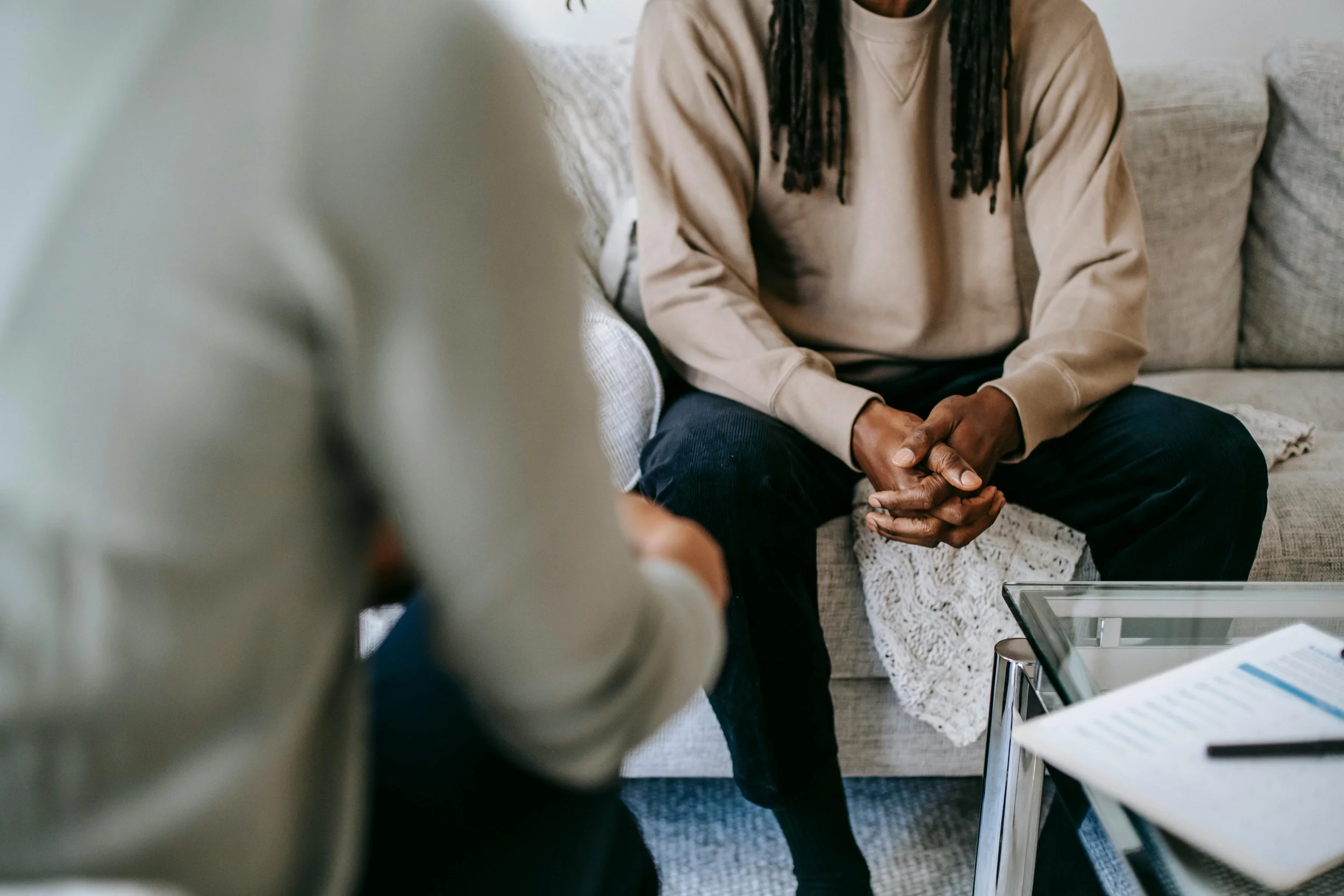It’s not just talking or “getting the tools”: How therapy really works
“No man is an island, entire of itself; every man is a piece of the continent, a part of the main.” — John Donne
I often return to these words, both in my personal life and in my work as a therapist. They remind me that we are not meant to live, or to heal, in isolation. We are shaped by relationships: the people who hurt us, and just as importantly, the people who help us heal.
It’s easy to think of therapy as a place where you talk about your problems, learn a few tools, and maybe get some advice. And yes, those things can be helpful. But what I’ve come to know with certainty is that the real value of therapy — the magic sauce, so to speak — lies in what happens between two people, in the space of a trusted relationship.
We Are Wired for Connection
Decades of research in attachment and neuroscience point to a simple truth: we are relational beings. From birth, we rely on others not only for survival but also for a sense of safety and trust. Our earliest bonds shape the way we regulate emotions and relate to others throughout life.
Neuroscience backs this up. Our brains are wired to grow and heal in the context of safe connection. Think of how a soothing voice, a steady gaze, or the calm presence of someone you trust can help you settle. This is co-regulation in action. The way our nervous systems steady themselves through another’s presence. Over time, these moments become the foundation for self-regulation, as we carry that felt sense of safety inside us.
Our brains also contain mirror neurons, which are cells that fire both when we act and when we observe someone else doing the same. They’re what allow us to “catch” a smile, feel moved when we see someone crying, or sense calm in the presence of someone grounded. Connection literally shapes our inner world.
Therapy as a Relationship
If connection is this central to who we are, it makes sense that therapy, at its core, is also a relationship. Not an everyday one, but a carefully boundaried, deeply intentional relationship centred entirely on your growth and healing.
Research shows that the quality of this bond, often called the therapeutic alliance, is one of the strongest predictors of positive outcomes in therapy. More than any specific technique or method, it’s the felt sense of safety, trust, and acceptance that allows change to unfold.
I often think of therapy as a rehearsal space for new ways of being. Within the safety of the therapeutic relationship, you can experiment with telling the truth, expressing needs, or showing vulnerability, and discover what it feels like to be met with empathy instead of judgment. That experience itself can be profoundly healing.
Why the Relationship Itself Heals
Psychologist Franz Alexander described this as a “corrective emotional experience.” Many of us carry wounds from earlier relationships where our needs weren’t met, or parts of us were ignored, shamed, or dismissed. In therapy, the simple act of being met differently (e.g. being accepted, understood, or encouraged) can begin to undo those old patterns.
There’s also something deeply physiological happening. A therapist’s calm, steady presence can help regulate the client’s nervous system. Over time, clients begin to internalise this sense of safety and carry it with them into their daily lives.
For many clients, they have the experience of “hearing their therapist’s voice” in moments of difficulty outside the therapy room. That’s not about being dependent on their therapist, but rather a sign that the relationship has been integrated into their inner world. Slowly, they develop an inner voice that feels more compassionate, more grounded, more steady.
This is why I see the therapeutic relationship not as the backdrop to the work, but really, as the work itself. Change doesn’t just come from insights or strategies. It comes from the lived experience of being in a safe, healing relationship, and allowing that experience to ripple outward into the rest of life.
Closing Thoughts
When I look back at the changes I’ve witnessed in my own life and in the lives of my clients, they almost always trace back to relationship. Whether it’s the steady presence of a therapist, the courage of a partner who stays open in conflict, or the compassion of a friend who listens without judgment, it is in these moments of connection that we find the courage to grow.
Therapy makes this process intentional. It creates a space where change can happen safely, at your pace, and in ways that honour your unique story. For many, it’s the first time they’ve experienced what it’s like to be fully seen and accepted. And from that place, transformation begins to take root.
